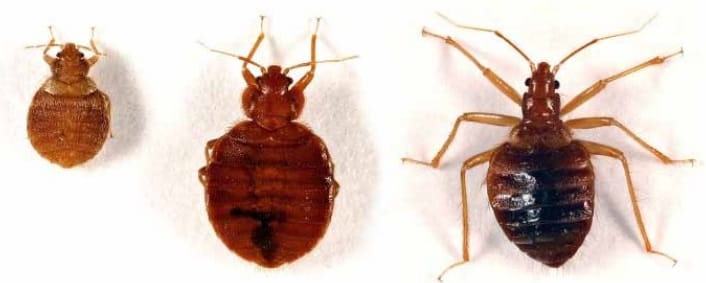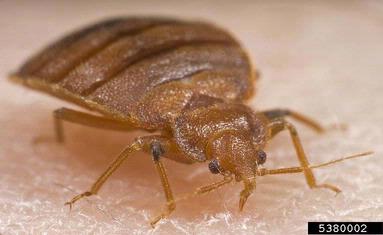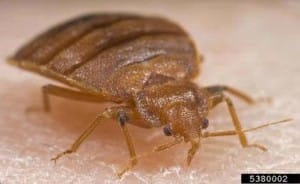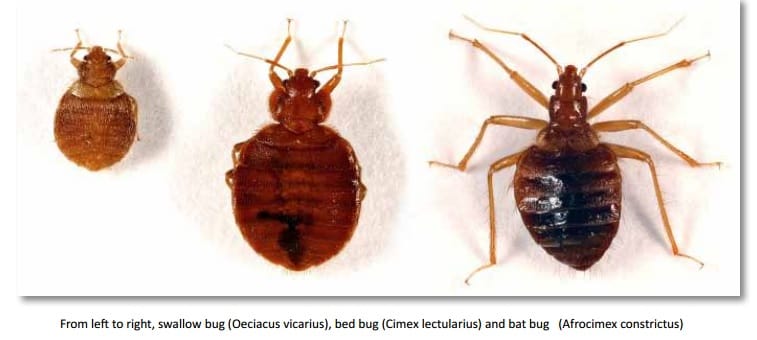 The bed bug is the one in the middle!
The bed bug is the one in the middle!
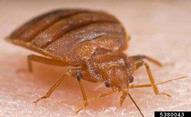
Bed bugs are an ever growing problem in the US. As bed bugs problems began increasing in Georgia, the Georgia Department of Public Health put together a bed bug handbook, providing information about the habits and habitats of the bed bug with an emphasis on information required by environmental health specialists dealing with infestations in hotels.
Recently, as bed bug problems continue to spread to homes, apartments, shelters, schools, dorms, and other places where people live, work, and study; it was decided to update and expand the bed bug handbook to include information on dealing with bed bugs in a wider variety of circumstances.
The revised handbook is posted on the GDPH website .
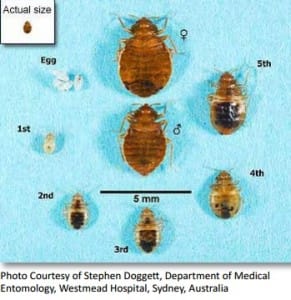 One reason to update the handbook was to make it useful for people outside of public health who are dealing with bed bug issues. Any comments or suggestions would be gratefully accepted. Please send comments to Dr. Rosmarie Kelly
One reason to update the handbook was to make it useful for people outside of public health who are dealing with bed bug issues. Any comments or suggestions would be gratefully accepted. Please send comments to Dr. Rosmarie Kelly
Selected Information Found in the Bed Bug Handbook
Bed Bug Biology – Life cycle, habits and medical importance
Inspecting for Bed Bugs – Protecting yourself and specific methods for various structures and situations
Treatment and Control – Physical removal, temperature, Chemical control, Do it Yourself treatments, Follow-up and monitoring, and Controls for various structures and situations
Additional Information – Bedbug myths, Action plan for hotel treatment and information specific to Schools, Environmental Health Specialists, Hotel Managers and Homeowners
